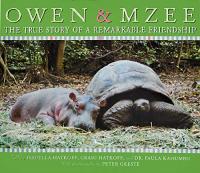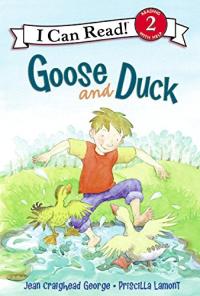Key Information
Focus
When To Use This Strategy
Appropriate Group Size
What is summarizing?
In student-friendly terms, summarizing is telling the most important parts of a text, in your own words, in a much shorter way. Teaching summarizing shows students how to discern the essential ideas in a text, how to ignore irrelevant information, and how to integrate the central ideas in a meaningful way. Teaching students to summarize improves their memory for what they read and acts as a check for comprehension. Summarizing is a complex skill that will continue to develop over time, as students read increasingly complex texts.
Why teach summarizing?
- It helps students learn to determine essential ideas and consolidate important details that support those ideas.
- It enables students to focus on key words and phrases of an assigned text that are worth remembering.
- It teaches students how to take a large selection of text and reduce it to the main points for more concise understanding.
- Summarizing skills are applicable in almost every content area.
How to teach summarizing
Summarizing can be tricky, even for adults. The leap from retelling — which asks readers to recall the events in a story in logical order — to determining what is important or essential in a story and condensing the information into a summary, is a big one. A good way to scaffold young readers’ growing ability to summarize is to model and practice summarizing routines. The routine or structure that makes the most sense will be different depending on students’ age and experience.
Less-experienced students
Try transitioning from structured routines for teaching story sequence, such as “Beginning, Middle, and End” and “First, Next, Then, Last”, to structured summarizing routines such as “Someone Wanted But So Then” or “Five-Finger (5Ws)” summarizing. These scaffolds give students a visual representation of their thinking and a way to structure their responses while prompting them to think about more than just the sequence of events.

More-experienced students
For students who have had more practice identifying story elements and determining important ideas, try using more open-ended routines such as Sum it Up for $2.00 or other keyword-focused approaches to summarizing.
For students who are comfortable with the concept of main ideas and important details:
1. Begin by reading or by having students listen to the text selection to be summarized.
2. Ask students the following framework questions:
- What are the main ideas?
- What are the crucial details necessary for supporting the main ideas?
- What information is irrelevant or unnecessary?
3. Have them use keywords or phrases to identify main points from the text.
Watch a demonstration: “somebody, wanted, but, so, then”
This demonstration uses the Somebody, Wanted, But, So, Then (SWBST) strategy to summarize key elements in a fictional text — in this example, the story of Mulan.
Watch a demonstration (grades K–2)
The K–2 activities described in this video focus more explicitly on using story elements (characters, setting, problem, solution) as a basis for retelling and summarizing. The K-1 activities include oral summaries, illustrations, and acting out by students. The grade 2 is a small group retelling and summarizing activity with card prompts for story elements that can include a writing component.
Watch a demonstration
The teacher explains “Sum It Up for $2.00”, a strategy for summarizing using keywords from the text.
Collect resources
- Somebody Wanted But So Then
- Sum It Up Template and Directions
- Artistic Summary
- Paper Bag Reports
- Story Wheel
- Framed Paragraph: Lesson Closure
For a comprehensive list of summarizing activities, including a collection of non-written summary activities, see Quick Summarizing Strategies to Use in the Classroom.
Get the Gist, a resource from the U.K. National Behaviour Support Service includes many graphic organizers and lesson ideas.
Here’s a lesson plan for helping students learn to summarize using Cloudy with a Chance of Meatballs.
Differentiate instruction
For second language learners, students of varying reading skill, and younger learners
- Provide sentence frames for oral and written summarizing lessons and activities.
- Keep in mind that different summarizing routines can be used for the same text. If students are working independently or in pairs, you can vary the method they use to summarize.
- Use visuals. Incorporate graphic organizers that use pictures rather than text as prompts and/or have students draw their summaries.
- Guide students throughout the summary writing process. Encourage them to write successively shorter summaries, refining their written piece until only the most essential and relevant information remains.
Have students work together to answer summary questions and write responses. Consider pairing writers with emergent-writers and asking the writers to take dictation. This work prompts discussion about what’s important in the text and lets both students do the thinking work of summarizing.
See the research that supports this strategy
Jones, R. (2007). Strategies for Reading Comprehension: Summarizing. Retrieved 2008, January 29, from http://www.readingquest.org/strat/summarize.html.
Guthrie, J. T. (2003). Concept-Oriented Reading Instruction: Practices of Teaching Reading for Understanding. In C. Snow & A. Sweet (Eds.), Reading for Understanding: Implications of RAND Report for Education (pp. 115-140). New York: Guilford.
Children’s books to use with this strategy

Owen and Mzee: The True Story of a Remarkable Friendship

Your Skin Holds You In

